tensorflow的学习笔记--损失函数
损失函数
在前面几个博客中说了一个学习模型,具体表现如下:
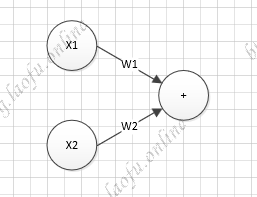
具体的计算公式:$$Y=\sum_{i}^nX_iW_i$$
曾经有人提出另一个神经元模型,多了激活函数和偏执项。
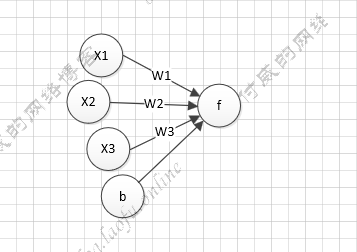
具体的计算公式:
$$
Y=f(\sum_{i}^nX_iW_i+b)
$$
其中f是激活函数,b是偏执项。
损失函数(loss):预测值y’和已知答案y的差距
我们的优化目标就是把loss降低为最小。
激活函数
引入激活函数有效的避免仅使用$$XW$$的线性组合,是模型更准确,更具有表达能力。
常用的激活函数有:
relu(tf.nn.relu):
$$
f(x)=max(x,0)= \begin{cases}
0, & \text{$x<=0$} \
x, & \text{$x>0$}
\end{cases}
$$用
tensorflow表示为:tf.nn.relu,函数图像为:
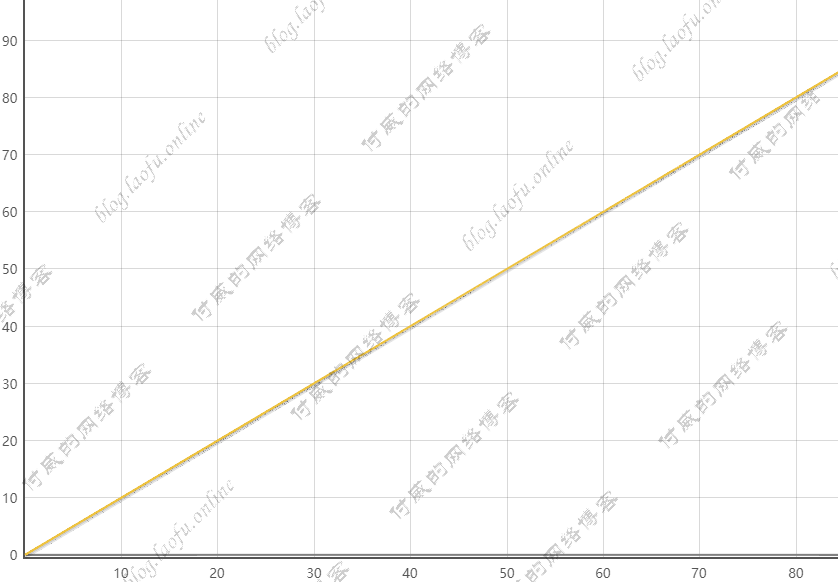
sigmoid(tf.nn.sigmoid):
$$
f(x)=1/(1+e^x)
$$
用tensorflow表示为:tf.nn.sigmoid,函数图像为:
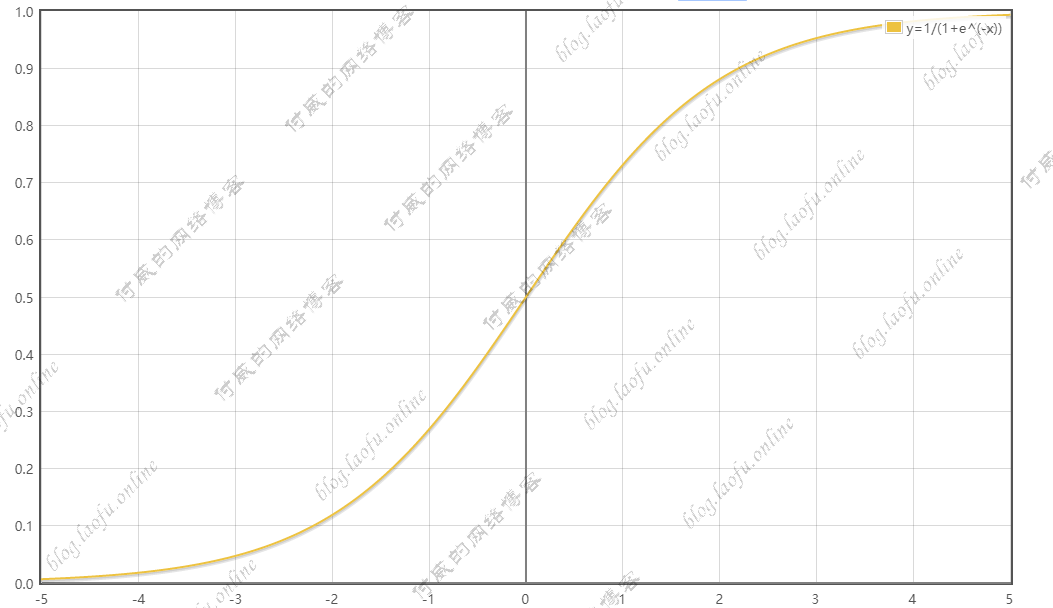
tanh:
$$
f(x)=(1-e^{-2x})/(1+e^{-2x})
$$用
tensorflow表示为:tf.nn.tanh,函数图像为:
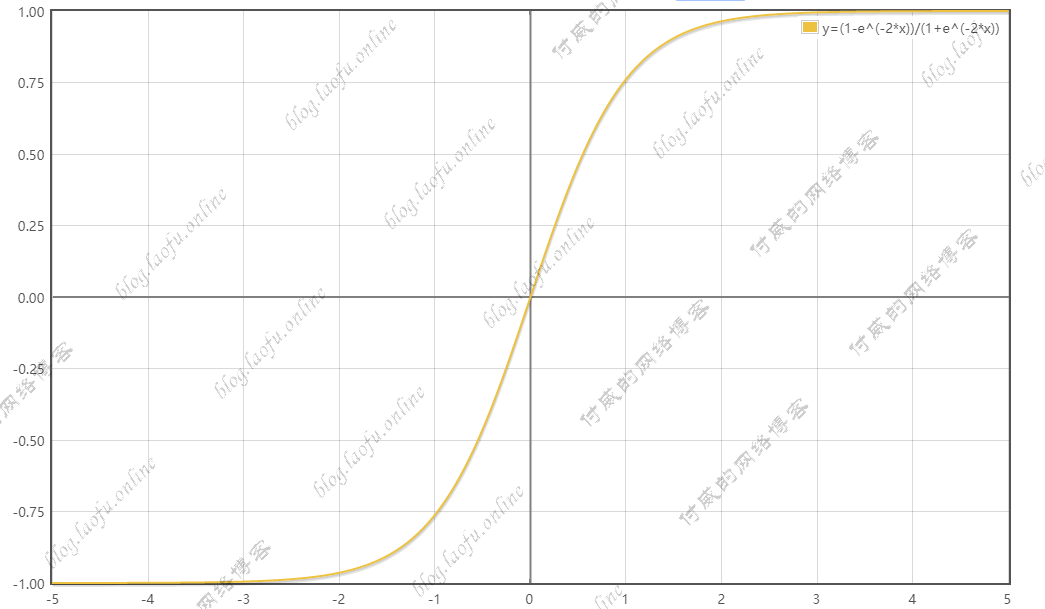
举个例子
预测酸奶的日销量,x1、x2是影响日销量的因素,建模前应预先猜测的数据有:每日x1、x2和销量y_(即已知答案,最佳情况,产量=销量)拟造数据集X,Y;y_=x1+x2,噪声是-0.05~+0.05 拟合可以预测销量的函数。
根据上面的模型,我们生成随机数,进行训练,代码如下:
1 | #coding:utf-8 |
打印结果:
1 | After 17500 training steps,wl isL |
看到两个权重的值,都趋于1. 与数据结果y=x1+x2 结果一致。
自定义损失函数
在预测商品销量,预测多了,损失成本,预测少了损失利润,若利润不等于成本,则mse产生的loss无法利益最大化。
自定义损失函数 $$\sum_{i}^nf(y’,y)$$
$$
f(y’,y) =
\begin{cases}
PROFIT*(y’-y), & \text{$y<y’$ 预测y少了,损失利润(PROFIT)} \
COST*(y-y’), & \text{$y>=y’$ 预测y多了,损失成本(COST)}
\end{cases}
$$
使用下面的函数进行修正: loss=tf.reduce_sum(tf.where(tf.greater(y,y_),COST(y-y_),PROFIT(y_-y)))
如上面的例子,酸奶的成本(COST)1元,酸奶的利润(PROFIT)9元。
预测少了损失利润9元,预测多了损失成本预测。
预测少了损失大,希望生成的预测函数。往多了预测。
我们把损失函数进行替换,换成我们的自定义的函数,代码如下:
1 | #coding:utf-8 |
1 | After 18500 training steps,wl isL |
可以看到预测尽量往多的方向去预测。
交叉熵
交叉熵表示两个概率分布之间的距离。
$$
H(y’,y)=-\sum y’*logy
$$
例如,已知答案y’=(1,0),预测**y1=(0.6,0.4) y2=(0.8,0.2)**哪个更接近标准答案?
$$
H_1((1,0),(0.6,0.4))=-(1log0.6+0log0.4)\approx0.222
$$
$$
H_2((1,0),(0.8,0.2))=-(1log0.8+0log0.2)\approx0.097
$$
所以y2预测更为准确。
我们可以使用交叉熵的形式,来更精确的训练我们的模型。
ce=-tf.reduce_mean(y'*tf.log(tf.clip_by_value(y,1e^-12,1.0)))
其中y<1e^-12是,y=1e^-12,防止log0的出现
当n分类的n个输出(y1,y2,…yn)通过softmax()函数,便满足了概率的分布要求:
$$
P(X=x)\rightarrow[0,1] 且 \sum P(X=x)=1
$$
$$
softmax(y_i)=\frac{e^{y_i}}{\sum_{j=1}^ne^{y_i}}
$$
可以用ce=tf.nn.sparse_softmax_cross_entropy_with_logits(logtis=y,labels=tf.argmax(y_,1))
cem=tf.reduce_mean(ce) 替换交叉熵的函数,代表的是当前的预测值与标准答案的差距。
tensorflow的学习笔记--损失函数
http://blog.laofu.online/2019/04/01/2019-04-01-tensorflow04/
install_url to use ShareThis. Please set it in _config.yml.
